Delevan National Wildlife Refuge View From the Photography Blind
According to the Sacramento National Wildlife Refuge Complex website, Delevan National Wildlife Refuge comprises 5,797 acres, including seasonal marsh, permanent ponds, and uplands. It is predominately a hunting refuge for waterfowl and pheasant. Wildlife observation takes place from the county roads, on the perimeter of the refuge.
There is one notable exception to this, the US Fish & Wildlife Service has had the foresight to install a photography blind on the refuge, away from the hunting area. The image at the top of the post is the view from the photo blind. That is where these images were taken (click on photos for full sized images).
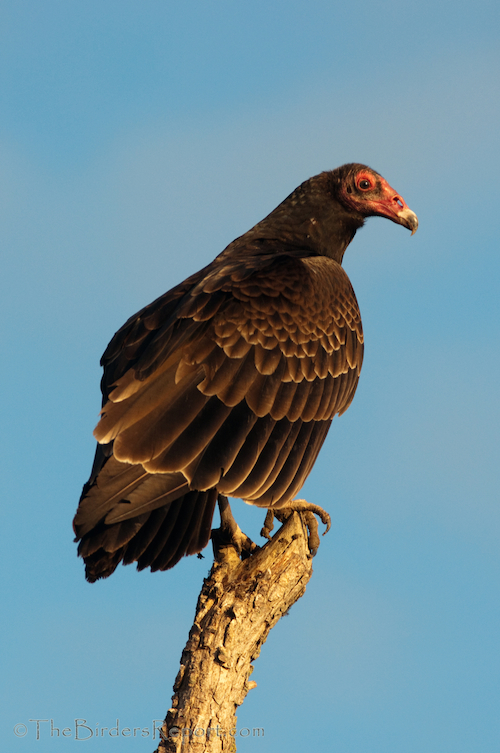 Turkey Vulture (Cathartes aura) Immature In Early Morning Light
Turkey Vulture (Cathartes aura) Immature In Early Morning Light
The sun didn’t rise over the early morning cloud cover until around 8 am. This immature Turkey Vulture was one of the first photo ops I had, other than the ubiquitous American Coots which you will see later 😉
Red-winged Blackbirds (Agelaius phoeniceus) were a plenty, chattering back and forth and occasionally perching on the snag located in front of the blind.
Black Phoebes (Sayornis nigricans) were busy hawking insects from perches and zipping back and forth from one stand of bulrush to another.
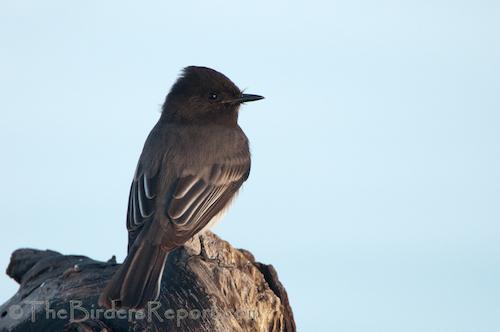
Of course there were plenty of ducks and geese to keep any photographer busy. Mister and misses Mallard (Anas platyrhynchos) were well represented.
There weren’t as many American Wigeon (Anas americana) as I would have expected.
Later, when the sun broke through and there was a mixture of sun and thin clouds, I was able to get some in-flight shots. Like these Greater White-fronted Geese (Anser albifrons) that were spooked by something into flight.
At one point I was totally taken by surprise when I spotted a Long-billed Curlew (Numenius americanus) flying overhead. A bird I hadn’t seen all that day, although I wasn’t really in shallow marsh habitat.
Occasionally a Herring Gull (Larus argentatus) would be seen flying about.
Following several attempts at getting a good photograph of a Northern Harrier (Circus cyaneus), which I still like to call the Marsh Hawk, I got this satisfying shot of a female in-flight.
However satisfying that Marsh Hawk was to see so close, there is one raptor I am always hoping will appear on the snag in front of the blind whenever I visit the National Wildlife Refuge. You guessed it, the Peregrine Falcon (Falco peregrinus)!
Oh, I almost forgot, I promised you some American Coot (Fulica americana) fun. There must have been a shallow spot in the water where, every time a coot swam over that spot, they decided to up end and swim for the bottom.
Well at one point, it turned into a full blown frenzy.
It was so fascinating and funny, I filmed it.
As I left the photography blind around noon, there was a huge flock of hundreds of White-faced Ibis (Plegadis chihi) foraging in the agricultural fields adjacent to the refuge.
Do you enjoy the National Wildlife Refuges in your area? National Wildlife Refuges have been underfunded since President Theodore Roosevelt created the first refuge in 1903 and Congress refused to appropriate money to manage it. Without adequate funding, habitats are not restored, invasive species are left unchecked, poaching and other illegal activities occur and our nation’s wildlife suffers1.
America’s National Wildlife Refuge System is the world’s largest network of protected areas dedicated to wildlife conservation. For more than a century, the refuge system has been integral to bringing species such as the whooping crane back from the brink of extinction. Each year, tens of millions of people visit and enjoy national wildlife refuges in every U.S. state and territory, infusing nearly $1.74 billion into local economies and creating more than 32,500 U.S. jobs2.
Would you like to be part of creating an additional income stream for our National Wildlife Refuge System? If you haven’t heard of our proposal for a Wildlife Conservation Stamp, please check out our new website where we will be promoting a plan to get an alternative stamp issued to increase revenue for our refuges.
We are looking for bird enthusiasts, photographers, bloggers, biologists, hikers, conservationists, wildlife rehabilitators, scientists, teachers, artists and anyone else with a common passion and concern for our nation’s wildlife and wild habitats to join us in encouraging our legislators to create an alternative to the Duck Stamp for non-consumptive users of the wildlife refuges.
If this sounds like a great idea to you, providing a consistent source of income for our refuges, separate but parallel to the current Federal Duck Stamp program, please send me an email with a short bio and a photo (at least 150 x 150 pixels) to place on our “About Us” page. We will keep you updated on our progress in this endeavor and entertain suggestions on the best way to implement our proposal.
I hope to hear from you soon! In the meantime, enjoy The Bird D’pot and Wild Bird Wednesday!
References: 1National Wildlife Refuge Association, 2Defenders of Wildlife

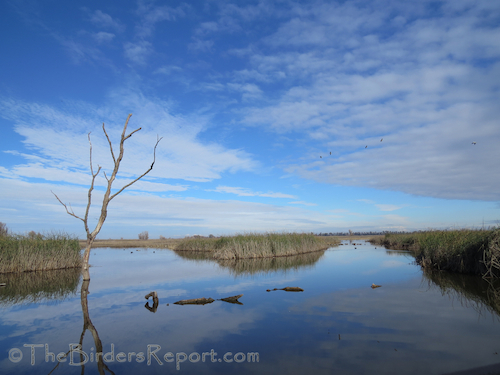
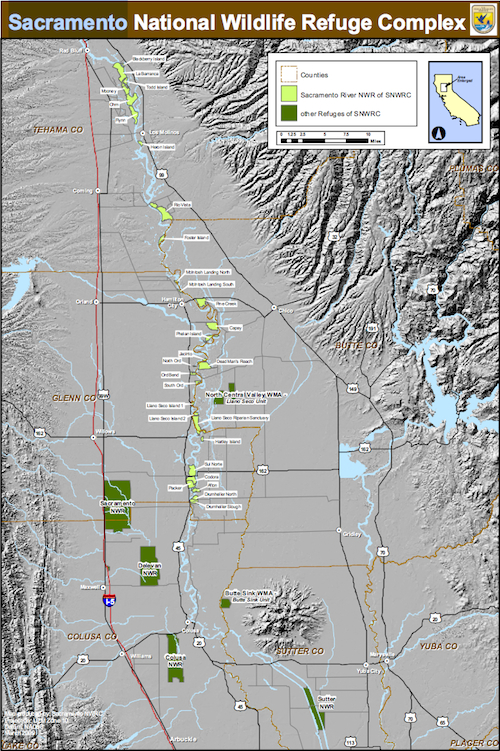
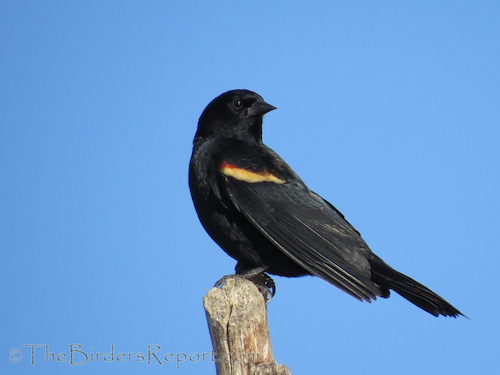
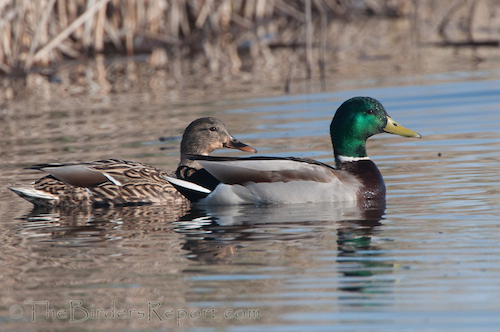
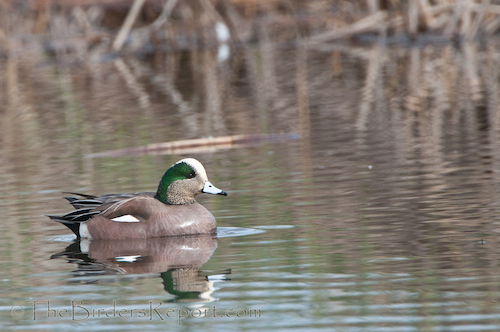
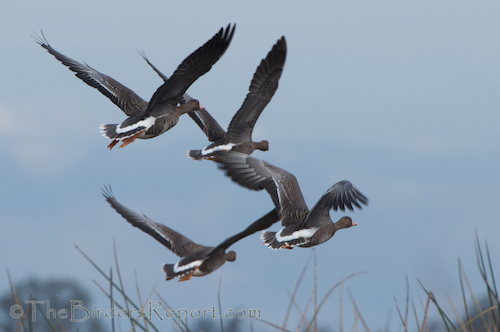
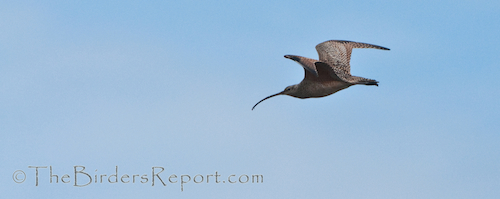
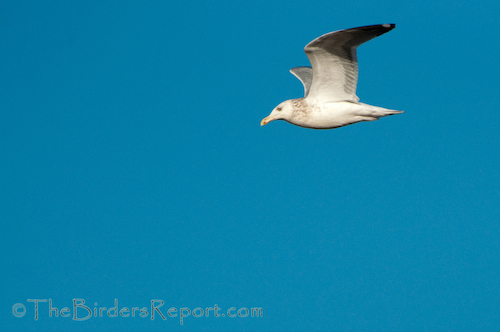
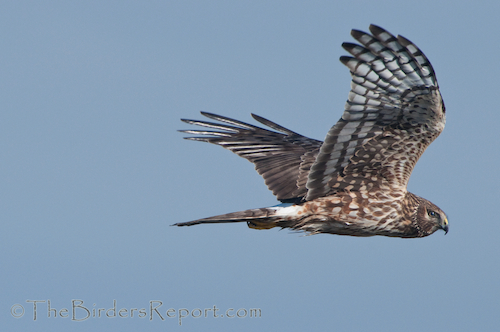
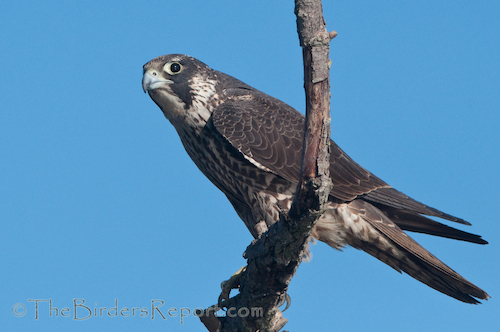
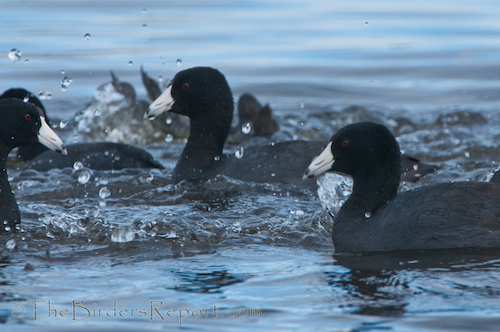
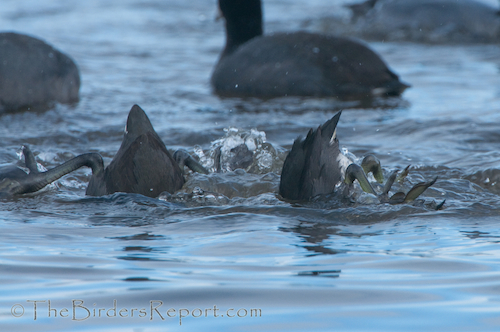








Comments on this entry are closed.
Sure looks like a beautiful place, Larry!
All of your images are wonderful but I really like that Harrier!
looks like a wonderful location to spend time in; you picked up some fabulous shots Larry. I especially liked the Turkey Vulture and the Black Phoebe
Wow…this is amazing. The hawk photos are superb. As are your photos of all…especially those in flight. Excellent.
loved all of these! beautiful turkey vulture shot! handsome black phoebe. enjoyed the splashing coots and foraging ibis, too!
Great series!! Boom & Gary of the Vermilon River, Canada.
Beautiful pictures and nice films! The Americn Cote we have here in Sweden too, they are fun to look at!
Greetings Pia
Larry, your the best! You captured one amazing shot after another. I love them all , and enjoyed your videos of the funny dunking coots with their butts in the air- plus the ibis flying in to feed.
We have several natural wildlife refuges in our state. I did not realize that they are underfunded. Will check out the links. Beautiful shots of the birds and waterfowl. The wings of the turkey vulture look similar to the bald eagle.
Awesome captures Larry! Looks like a birdwatcher’s paradise. Terrific in flight shots, and that vulture is a magnificent looking fellow!
Awesome serie of photos!
A great series of beautiful and detailed photos.
Larry, what a great post and awesome birds. It is too hard to pick any favorites they are all wonderful photos.
Good luck with the stamp sounds like a great idea…well you sure have some great photos today….I am not sure which one is best…I do like the Harrier..Thanks so much for your kind comments on my blog cheers.
Love the landscape view! Beautifully captured reflections!
I’m afraid if I was close to a place like this with a blind I’d spend way too much time there. 🙂
You were able to get some wonderful images. I especially like the vulture and marsh hawk ones.
So glad you enjoyed my cardinal shot – thank you.
WAU – where a great image series showing 🙂 Hanne Bente
Superb shots of the harrier and the Peregrine Larry. How on earth you mange to get harriers anywhere near for photos I just don’t know. I think i have explained before how wary the species (Hen Harrier) is over here. Good luck with your campaign.
Great set of pictures – I can see why you were satisfied with the harrier!
The coots are crazy! I think video may the next stage for me.
Cheers and thanks for linking to WBW
Stewart M – Melbourne
Fabulous photo’s! I especially like the turkey vulture.
Great series! Cool shot of the turkey vulture 🙂
Larry, I think that your opening, gorgeous scene, makes way for quite the eye feast of birding images. What a marvelous place and each of your captures are truly magnificent! I am green-eyed, even more than my own natural eye colur is;’)~
Larry, through your images and narration I feel as though I have visited this great refuge, thank you!
Beautiful captures, both still and video!
These are wonderful! I love every single one. We have several refuges around the area I live. I am in southeastern Oklahoma. However, I have yet to find a single one that provides any blinds for photographers.
You just have to walk and snap really really quick. I was extremely lucky two weeks ago and got some great…great heron shots in flight. I go to a refuge at least once a week weather permitting. Oh I do so wish they would provide blinds. I may write our Fish and Wildlife service.
I enjoyed these shots of yours very much. I am a real green horn and just started birding. I have a lot to learn and I need a new zoom lens. My 400 just isn’t getting the shots I want!
Happy birding!
Beautiful series.
Look’s like a great place to bird! Great pics!
You actually made that turkey vulture look good…and that’s not easy. I love the idea of there being a blind from which to take photos. Sometimes it’s very difficult to hide from those smart birds!
I’m amazed that most of the wildlife refuges are free. Even if visitors donated a dollar, that would add up. Great photos.
If there are fewer American Wigeons perhaps it is because they have moved to Lincoln Hills. At least half a dozen pairs have taken up residence in one of our ponds. This is the first year I have seen them here.